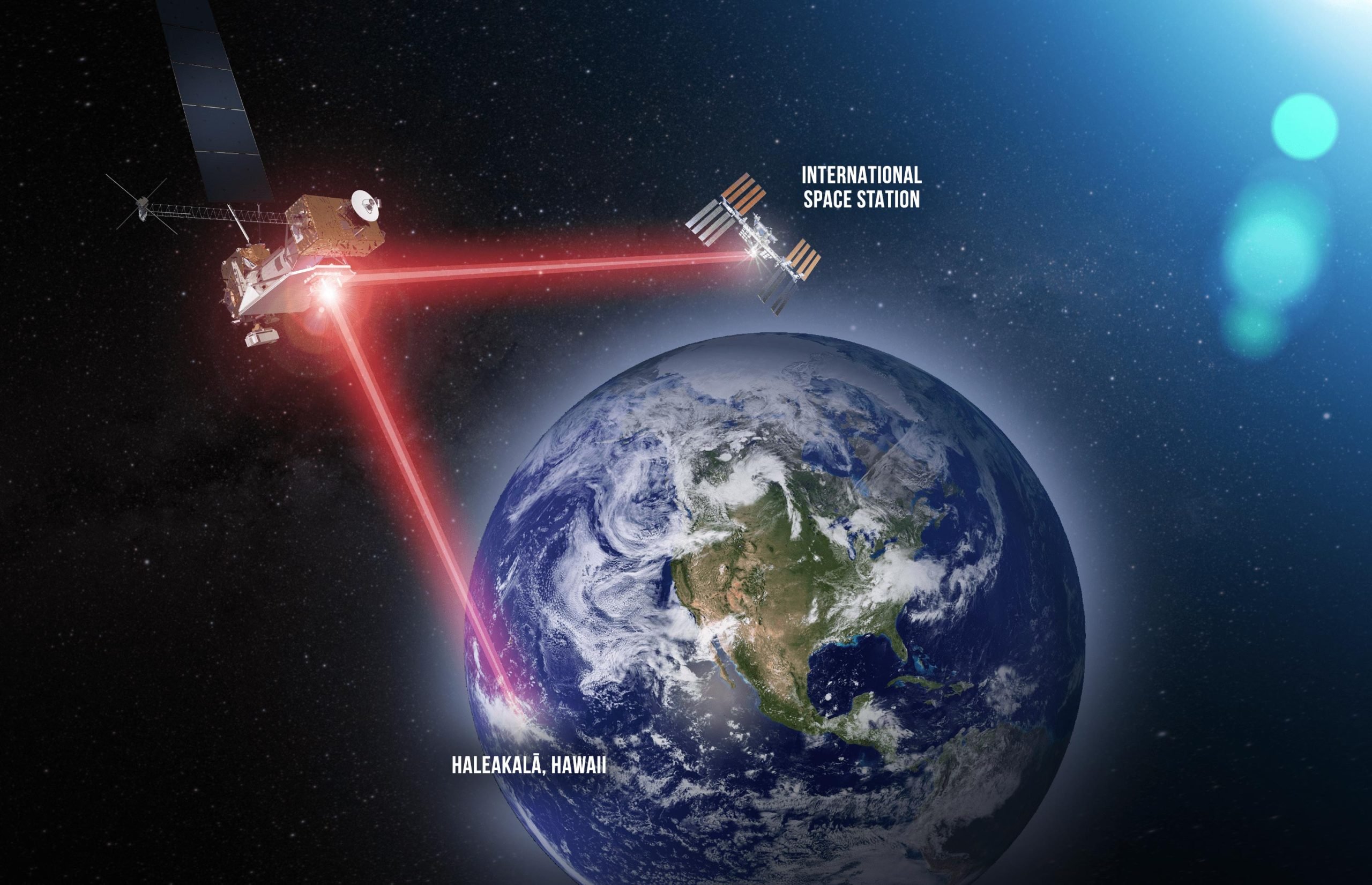
However, as space missions generate and collect more data, the need for enhanced communications capabilities increases.
LCRD leverages the power of laser communications, which uses infrared light rather than radio waves, to encode and transmit information to and from Earth.
Missions encode their scientific data onto the electromagnetic signals to send back to Earth.
The infrared light used for laser communications differs from radio waves because it occurs at a much higher frequency, allowing engineers to pack more data into each transmission.Using infrared lasers, LCRD will send data to Earth from geosynchronous orbit at 1.2 gigabits-per-second (Gbps).LCRD will continue NASA’s exploration of laser communications to support future missions to the Moon and beyond.
Laser communications will let spacecraft send home more data in a single downlink.
This same concept – minus the fiber cables – is applied to space-based laser communications, which allows spacecraft to send high-resolution images and videos over laser links.With laser communications in place, spacecraft can send back more data at once in a single download.The LCRD payload in the cleanroom at Goddard Space Flight Center.LCRD’s modems translate digital data into laser signals, which are then transmitted via encoded beams of light, invisible to the human eye, by the relay’s optical modules.LCRD can both send and receive data, creating a continuous path for flowing mission data to-and-from space.
While laser communications can provide increased data transfer rates, atmospheric disturbances – such as clouds and turbulence – can interfere with laser signals as they travel through Earth’s atmosphere.LCRD allows government, academia, and commercial partners to test laser capabilities from geosynchronous orbit.
LCRD communicating data from the space station to Earth.Some of these experiments include studying atmospheric disturbances on laser signals and demonstrating reliable relay service operations.
After its experimental phase, LCRD will support in-space missions, including an optical terminal that will be installed on the International Space Station.LCRD is one of many exciting and upcoming laser missions.
However, there are many missions in development that will demonstrate and test additional laser communications capabilities.
All of these missions will help the aerospace community standardize laser communications for implementation on future missions.LCRD is funded through NASA’s Technology Demonstration Missions program, part of the Space Technology Mission Directorate, and the Space Communications and Navigation (SCaN) program at NASA Headquarters.
